 Carter Horsley
Carter HorsleyDec 23, 2011
Carter's Review
This group of four buildings that comprise most of a full block east of York Avenue is one of the city's most distinguished low-rise housing enclaves. Designed by Henry Atterbury Smith, a doctor who had been in charge of the tuberculosis clinic at the Presbyterian Hospital, the six-story buildings have very attractive cast-iron balconies supported by curved brackets and a handsome green tile roof that projects over the façades.
The façades combine terra-cotta, tan brick and stone and triple-hung windows into a richly interesting composition. Each building has a large courtyard that is entered through a Gustavino-tiled, barrel-vaulted passageway, open and balconied stairways with built-in seating at each level, and roof gardens with tiled floors and windbreaks. Originally there were 386 units in the complex, but that number has shrunk over the years as alterations have enlarged most of the small units.
The project, which is also known as the East River Homes and also as the Shively Sanitary Apartments, was conceived by Dr. Henry Shively, a doctor who got Mrs. William K. Vanderbilt Sr. to finance a housing foundation. "A building on the Upper East Side of Manhattan that offers ornate ironwork balconies, triple-hung windows that extend all the way to the floor, Piranesi-like vaulted entries, and views of the East River across a small park conjures up images of liveried elevator men and well-heeled tenants," wrote Andrew Alpern in his book, "Luxury Apartment Houses of Manhatan, An Illustrated History," (Dover Publications Inc., 1992). "The surprise," he continued, "is that the building is a six-story walk-up tenement of 1910 that was planned for families who were nursing at least one family member with tuberculosis. And doubly surprising, this tubercular tenement was designed to a level of construction and aesthetic quality unheard-of for lower-class housing, and rare even among the luxury apartment houses of its day....Augmenting the private quarters were individual storage lockers for each family in the basement, a mini-hospital on the premises and a recreational roof deck that even provided toilet facilities....During the alteration work of the 1930's, the rooftop pergolas and recreational facilities were removed."It was built in 1911 and sold to the City and Suburban Homes Company, which developed a similar but much less attractive and detailed project on the full block across 78th Street, in 1924. It was designated an official city landmark in 1985 converted the next year to cooperatives and renamed the Cherokee Apartments.
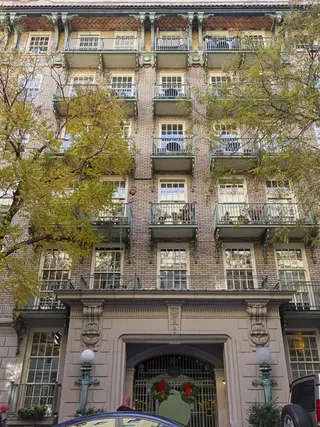
- Co-op built in 1909
- Located in Lenox Hill
- 384 total apartments 384 total apartments
- 10 recent sales ($325K to $650K)
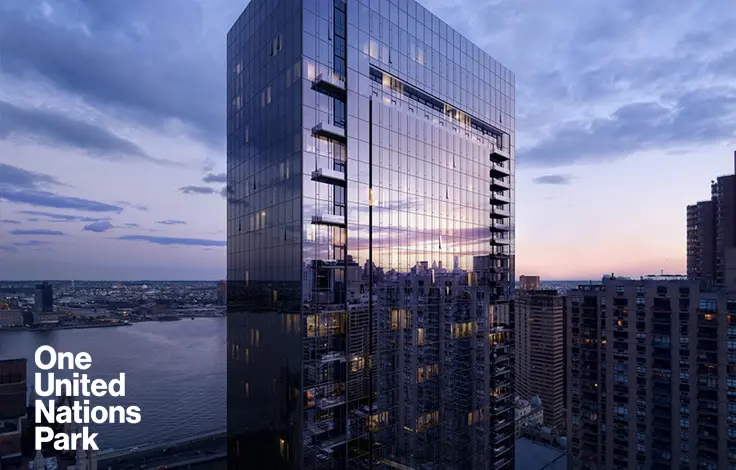
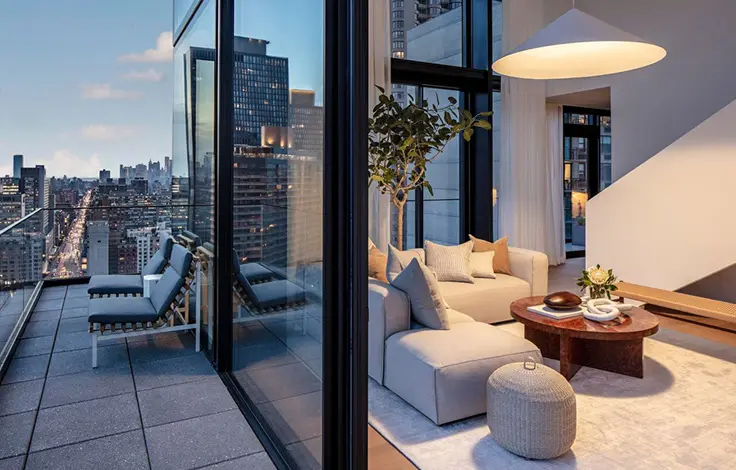
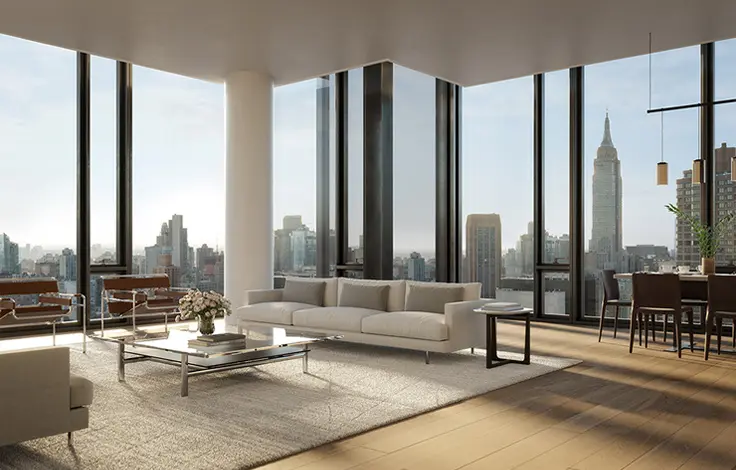

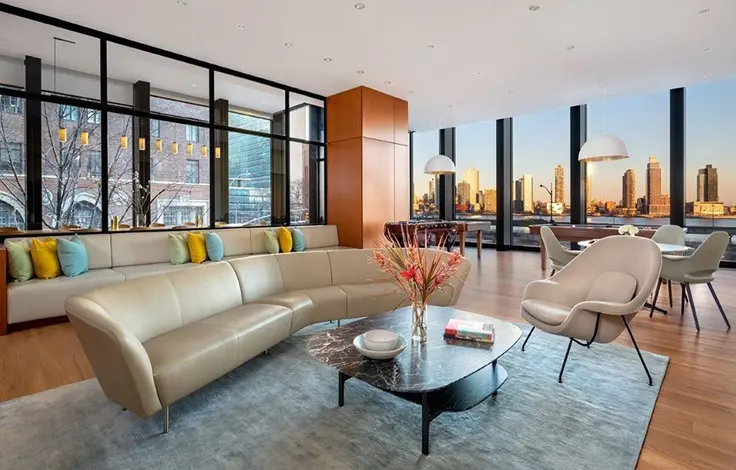
 6sqft delivers the latest on real estate, architecture, and design, straight from New York City.
6sqft delivers the latest on real estate, architecture, and design, straight from New York City.
